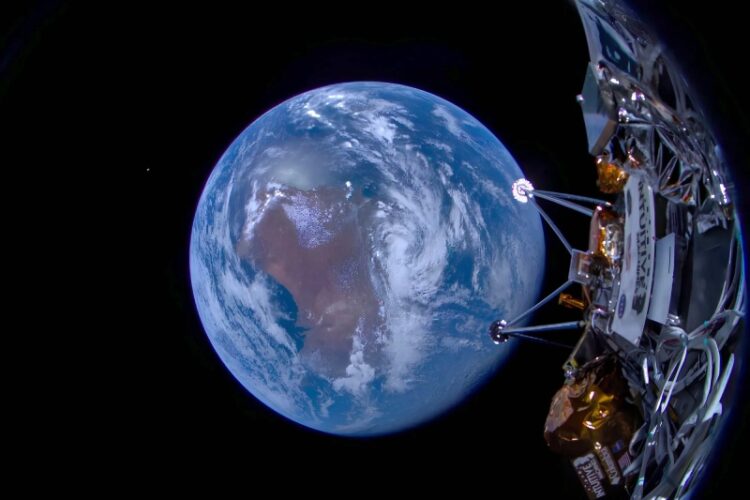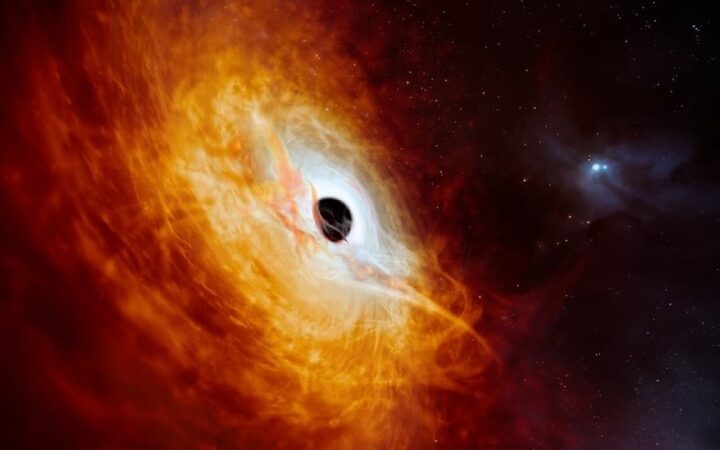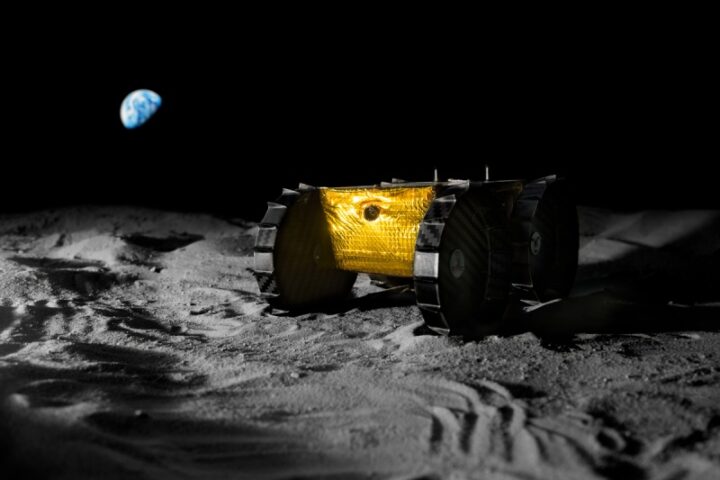Beautiful space photos of Earth were just released by a US-based business that is aiming to become the first commercial company to land a spacecraft on the Moon. Intuitive Machines said on X that the images were captured by their lunar lander subsequent to its separation from the SpaceX Falcon 9 rocket. In the images, Earth can be seen in the distance along with the spaceship known as Nova-C. Notably, on Thursday morning, Intuitive Machines launched the Odysseus mission from NASA’s Kennedy Space Center. Its launch was described as perfect, and it is presently headed for the lunar surface.
“On February 16, 2024, Intuitive Machines successfully sent its first photographs from the IM-1 mission back to Earth. The photos were taken soon after Intuitive Machines’ maiden lunar voyage under @NASA’s CLPS program separated from @SpaceX’s second stage,” the Houston-based business stated on X.
On February 16, 2024, Intuitive Machines successfully sent its first photographs from the IM-1 mission back to Earth. Shortly after disengaging from the second stage of @SpaceX, Intuitive Machines’ maiden lunar voyage was photographed as part of @NASA’s CLPS program.
The post has received over 8,000 likes and over 4.8 million views since it was shared. “Selfies taken by robots in space are the best,” one commenter said in the comments section. “Brilliant, well done @Int_Machines it’s so good to see the journey for real and experience it as you do,” another user remarked.
“A truly amazing accomplishment! It never fails to amaze me when technology and space exploration meet. A third said, “Those pictures’ poignant reminder of humanity’s quest for knowledge beyond our planet stems from the beauty and vastness of the cosmos.”
The landing attempt is scheduled for Thursday, February 22, according to FoxNews. Intuitive Machines, the spacecraft’s owner, will create history by becoming the first private corporation to land on the Moon if the mission of Odysseus is successful. The robotic vehicle is going to try to touch down on the south pole of the Moon, where experts believe there may be a water supply.
Currently on its IM-1 mission, Odysseus is carrying six NASA experiments and technological demonstrations in addition to six commercial payloads. The spacecraft’s technology is planned to study space weather and lunar dust in addition to calculating the amount of propellant required for a successful lunar landing.
According to the US space agency, the information acquired on the journey will facilitate human exploration on an Artemis mission in the future. NASA also calculated that the lander should be able to operate in sunlight for roughly two weeks if all goes as planned.
- Compared to Lamborghinis or McLarens, the Corvette ZR1 hits 60mph faster - December 21, 2024
- A fierce AI war has erupted between Google and OpenAI - December 21, 2024
- The Hindi version of Salaar: Ceasefire, starring Prabhas, also made a big impression on digital platform after Box Office - December 19, 2024









